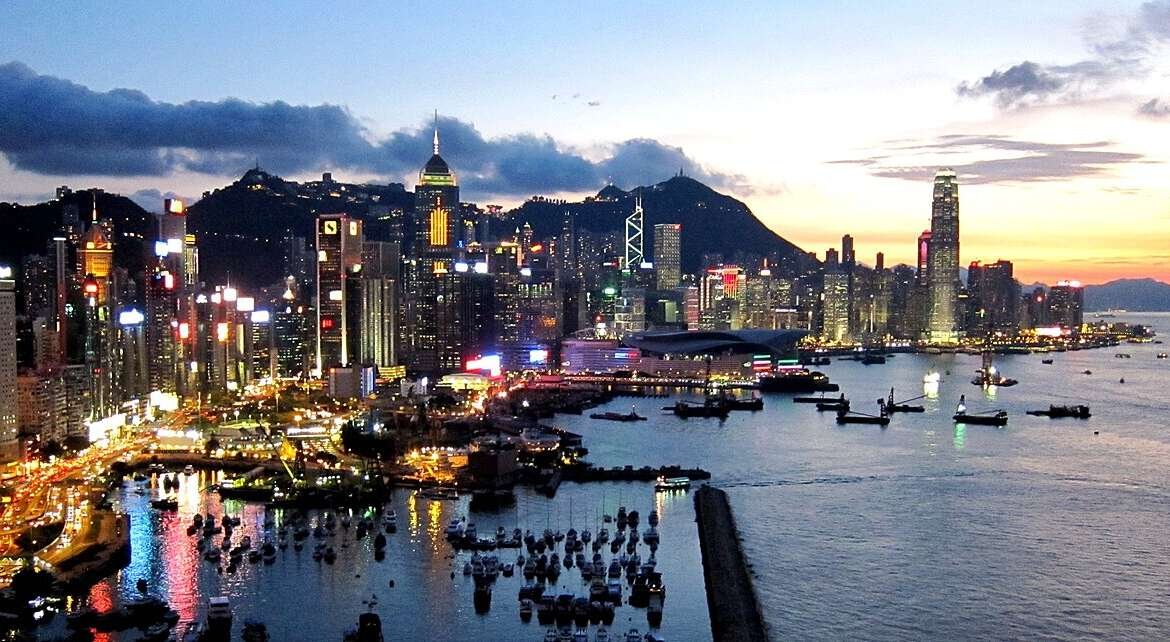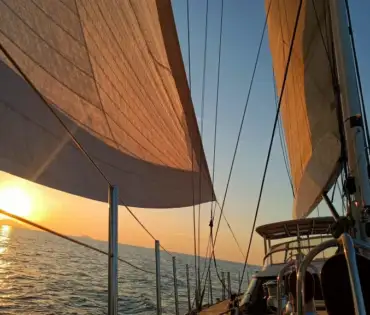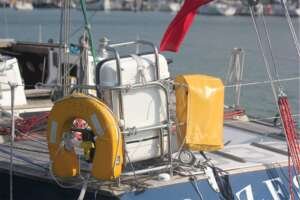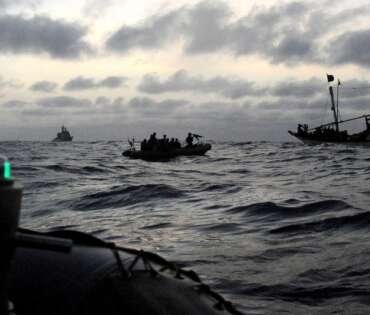Delivering “Wanderlust”: A Hong Kong to Thailand Yacht Adventure
Ahoy there, fellow sailors and boating enthusiasts! Ever dreamt of taking your yacht on a grand adventure? I recently had the privilege of crewing on the delivery of “Wanderlust,” a beautiful (45-foot) yacht, from the bustling harbor of Hong Kong to the tropical paradise of Phuket, Thailand. It was an experience filled with challenges, triumphs, and a healthy dose of seasickness (just kidding… mostly). So, if you’re planning a similar voyage or just curious about what goes into such a trip, grab a cup of coffee (or rum, if you’re so inclined) and join me as I recount our journey.
1. Pre-Departure Prep: Getting Wanderlust Ready for the Sea
Before setting sail, Wanderlust underwent a thorough check-up. We’re talking everything from engine maintenance (oil changes, filter replacements, the whole nine yards) to a meticulous inspection of the rigging. Every shackle, line, and sail was scrutinized. The electronics, including the GPS, radar, and communication systems, were tested and double-tested. We even had a certified technician come aboard to give everything a final once-over. You wouldn’t want your navigation system to go on the fritz halfway through the South China Sea!
2. Provisioning: Food, Water, and the Great Galley Disaster
Provisioning for a voyage like this is a logistical puzzle. We had a crew of four, each with their own dietary preferences (one vegetarian, one gluten-free, and one who only eats peanut butter… just kidding… mostly). We stocked enough food and water to last us at least two weeks, accounting for potential delays. Think mountains of pasta, rice, canned goods, fresh fruits and vegetables (which, sadly, didnt stay fresh for long), and enough snacks to satisfy even the most voracious sailor. And, of course, we had to have a good supply of coffee and tea to keep the watch shifts caffeinated. Funny story: we almost ran out of coffee on day three. Let’s just say that was a near-mutiny situation! Luckily, we found a hidden stash in a locker. Crisis averted!
3. Navigational Planning and Weather: Charting Our Course and Battling the Monsoon
Navigating from Hong Kong to Thailand requires careful planning. We spent hours studying charts, analyzing weather patterns, and plotting our course. The South China Sea can be a tricky place, especially during monsoon season. We consulted multiple weather forecasts daily, keeping a close eye out for potential typhoons. We opted for a route that took us slightly offshore to avoid the worst of the coastal traffic and potential pirate activity (more on that later). Our strategy was to sail whenever the wind was favorable and motor when it wasn’t.
4. Safety First: Preparing for the Unexpected

Safety is paramount on any voyage, especially one of this length. We had all the necessary safety equipment onboard:
- Life Rafts: Two life rafts, each capable of holding the entire crew, were stowed on deck, easily accessible in case of emergency. We made sure everyone knew how to launch them and what to do once we were in
- them.
- EPIRBs (Emergency Position-Indicating Radio Beacons): These devices automatically transmit a distress signal to satellites in the event of a sinking or other serious emergency, alerting rescue authorities to our location. We had two, just to be extra safe.
- Life Jackets: Each crew member had their own life jacket, and we insisted on wearing them whenever we were on deck, especially at night or in rough weather. We also had extra life jackets on board for guests or anyone else who might come aboard.
- First Aid Kit and Medical Kit: We carried a comprehensive first aid kit for minor injuries and a separate, more extensive medical kit with prescription medications and supplies for dealing with more serious medical issues. We also had a crew member with basic first-aid training.

- Emergency Steering Gear: We made sure the emergency steering gear was in good working order and that everyone knew how to use it in case the main steering system failed.
- Fire Extinguishers and Fire Blankets: We had fire extinguishers strategically placed throughout the yacht and fire blankets in the galley and engine room.
- Flares and other Distress Signals: We had a variety of flares, smoke signals, and other visual distress signals to attract attention in an emergency.
We even conducted regular safety drills to make sure everyone knew what to do in an emergency. We practiced abandoning ship, using the life rafts, and dealing with various medical scenarios. One afternoon, during a drill, we accidentally set off the emergency flares. It was quite a spectacle! Luckily, no one was hurt, and it served as a good reminder to be careful with pyrotechnics. We also discussed emergency communication protocols, assigning specific roles and responsibilities to each crew member. It’s always better to be over-prepared than under-prepared when it comes to safety at sea.
5. Customs and Immigration: Navigating the Red Tape
Dealing with customs and immigration in both Hong Kong and Thailand required a lot of paperwork. Visas, boat registration documents, customs declarations – the list goes on. We spent days gathering all the necessary documents and making sure everything was in order. One quirky regulation we encountered was that we had to have a special permit to anchor in certain areas. It’s always a good idea to research the specific regulations of the countries you’ll be visiting to avoid any surprises.
6. Crew Dynamics and Communication: Working Together and Staying Connected
A successful voyage depends on a good crew and clear communication. We had a diverse group of sailors, each with different levels of experience. We established a watch schedule to ensure everyone got enough rest. Communication is key on a long voyage. We had regular crew meetings to discuss any issues or concerns. And, of course, there were moments of disagreement. Someone always wants to change the music, right? But, all in all, we worked well together and managed to avoid any major mutinies. Staying in touch with shore is also important for safety and peace of mind. We had a satellite phone onboard for emergencies and a VHF radio for communicating with other vessels. We also used a satellite internet connection to check weather forecasts and stay in touch with family and friends. One time, we tried to send a picture of a beautiful sunset to our loved ones, but the connection was so slow it took hours to upload. Ah, the joys of technology at sea!
7. Challenges of the Route: Pirates, Shipping Lanes, and Local Fishermen
The route from Hong Kong to Thailand presents some unique challenges. Piracy is a concern in certain areas of the South China Sea, so we took precautions to minimize the risk. We avoided traveling at night in known high-risk areas and kept a watchful eye on the horizon. We also had to navigate through crowded shipping lanes, which can be a bit nerve-wracking. And, of course, there were the local fishermen to contend with. They often fish in small boats and can be difficult to spot at night. We had a few close calls, but luckily, we managed to avoid any collisions.
8. Wanderlust and Final Thoughts: A Seaworthy Vessel and a Journey to Remember
Wanderlust proved to be a fantastic yacht for this voyage. She was well-equipped, seaworthy, and comfortable. Her (spacious interior) made life at sea much more enjoyable. She handled the rough seas with grace and provided a stable platform for our adventure. Delivering Wanderlust from Hong Kong to Thailand was an unforgettable experience.  It was challenging, rewarding, and full of adventure. We faced unexpected obstacles, learned a lot about ourselves, and created memories that will last a lifetime. A special thanks to Yacht Delivery Solutions Asia for their expertise and professionalism in coordinating and executing this successful delivery. If you’re planning a similar voyage, my advice is to be prepared, be flexible, and most importantly, enjoy the journey. Fair winds and following seas!
It was challenging, rewarding, and full of adventure. We faced unexpected obstacles, learned a lot about ourselves, and created memories that will last a lifetime. A special thanks to Yacht Delivery Solutions Asia for their expertise and professionalism in coordinating and executing this successful delivery. If you’re planning a similar voyage, my advice is to be prepared, be flexible, and most importantly, enjoy the journey. Fair winds and following seas!

Leave a reply